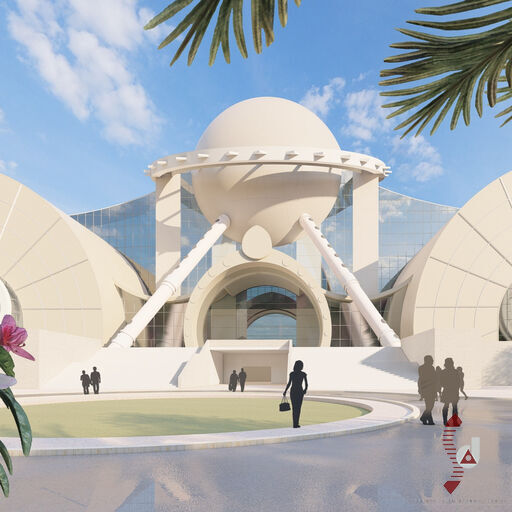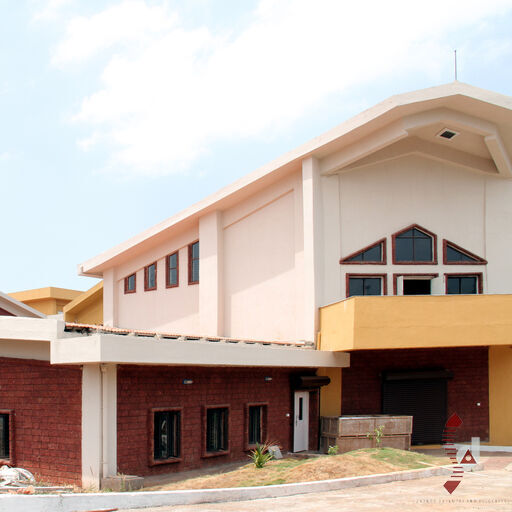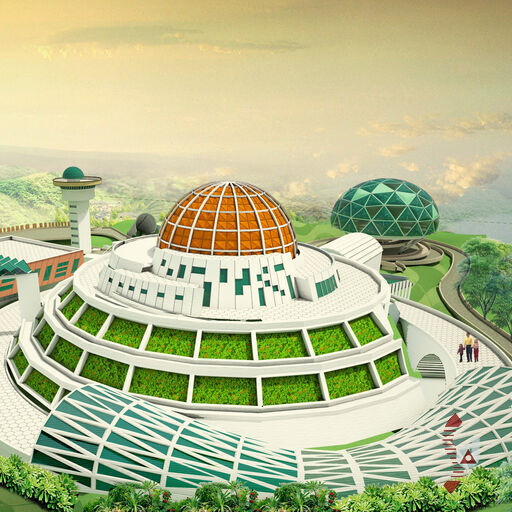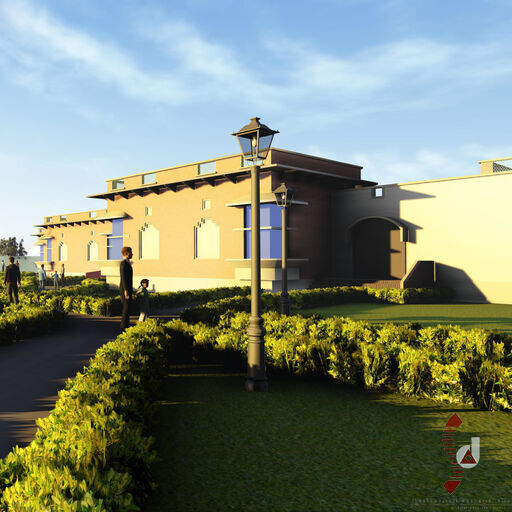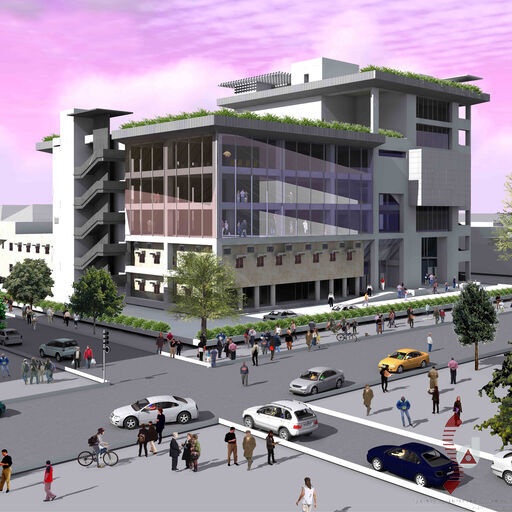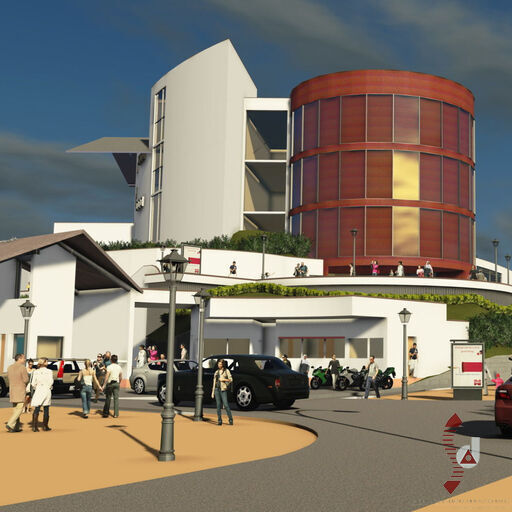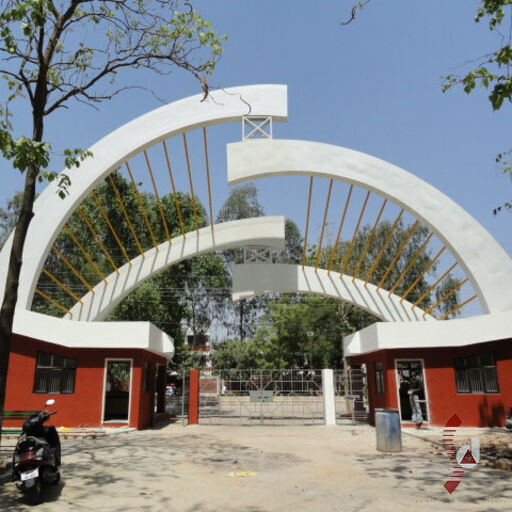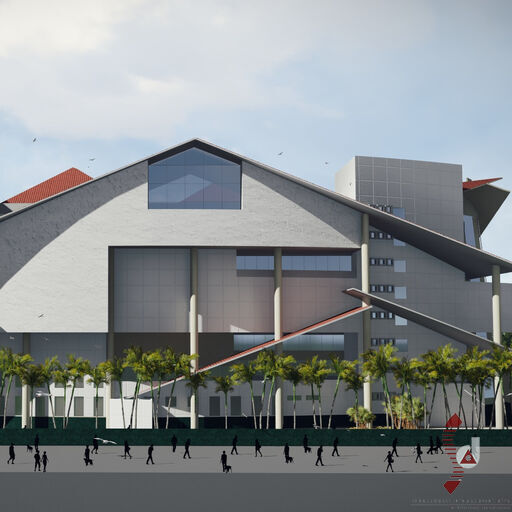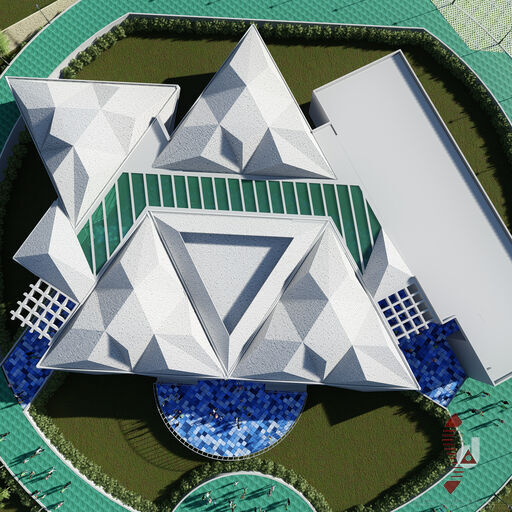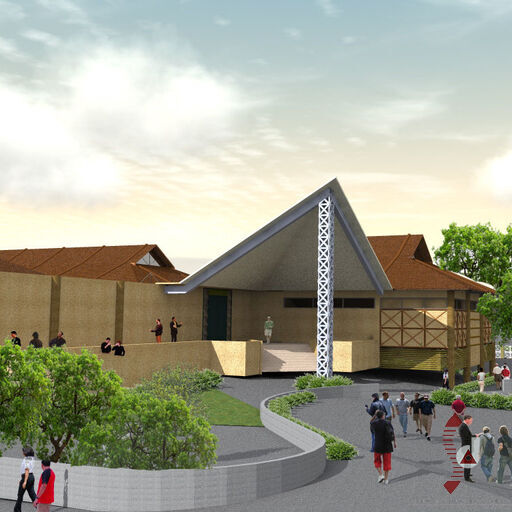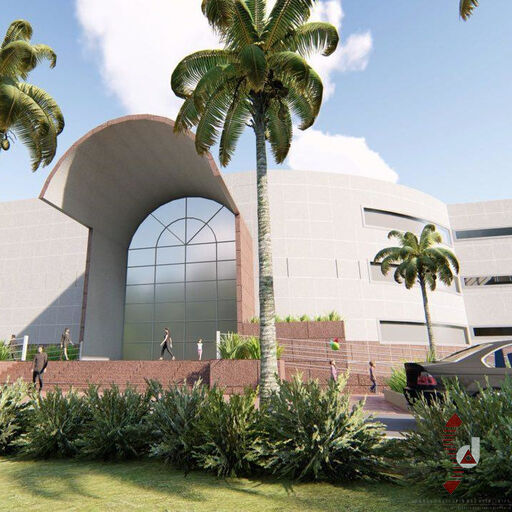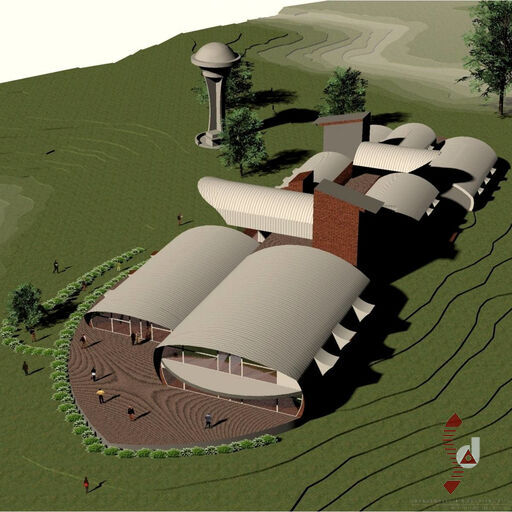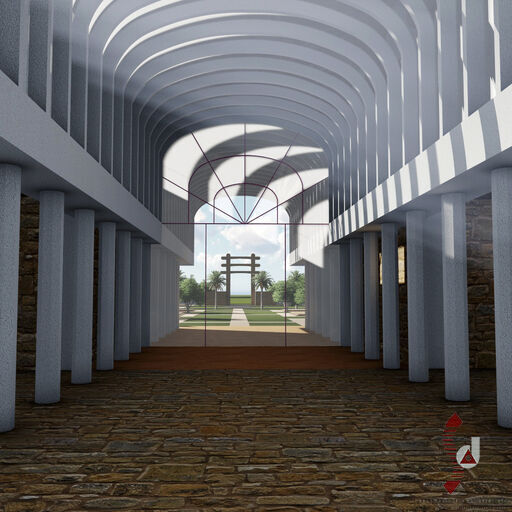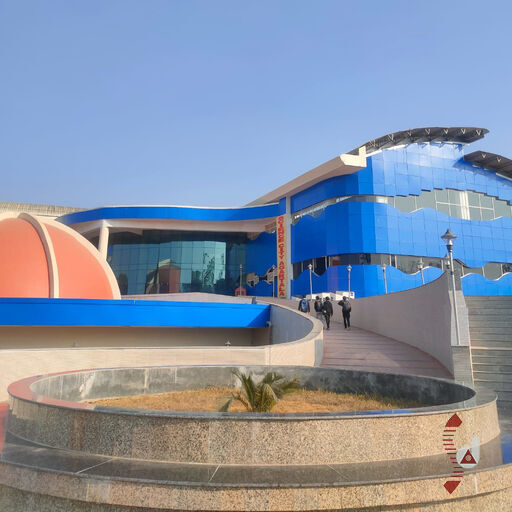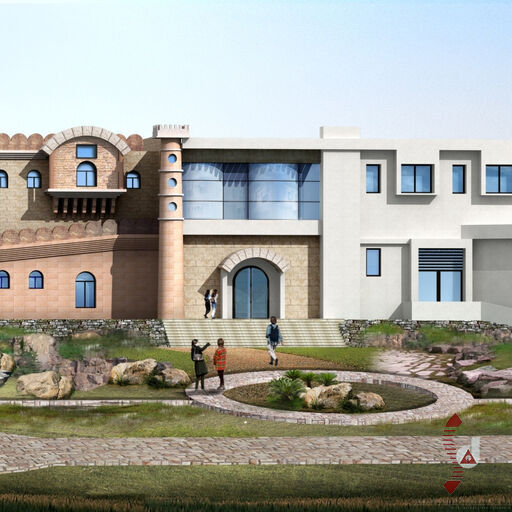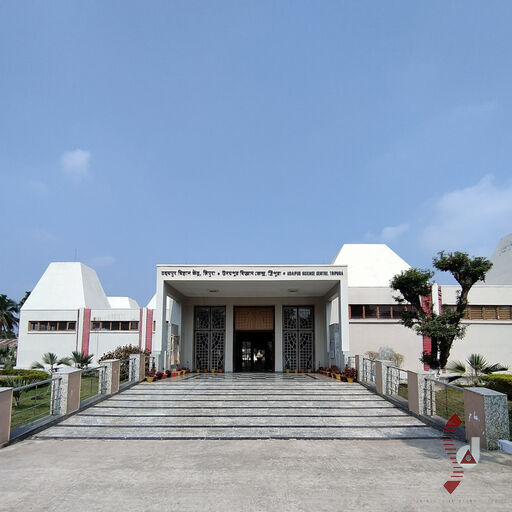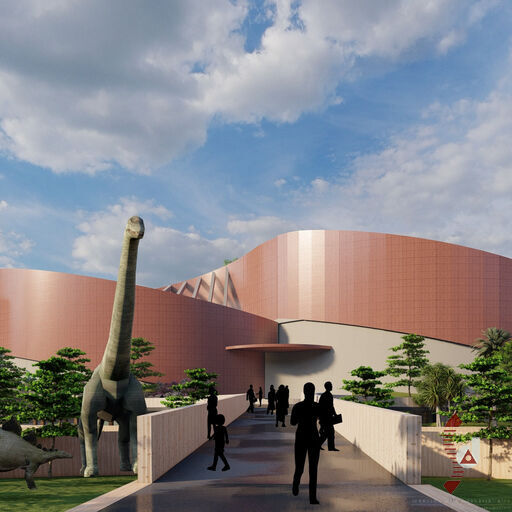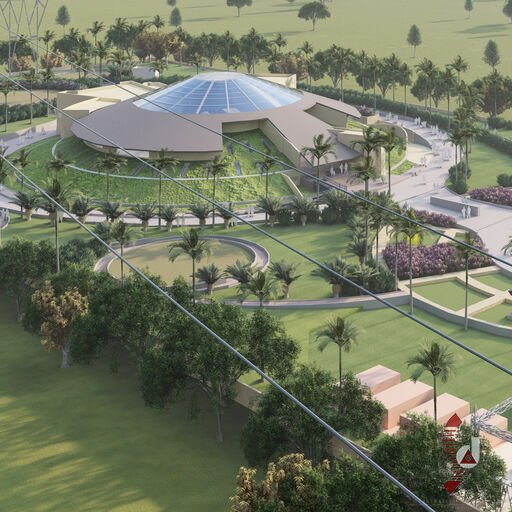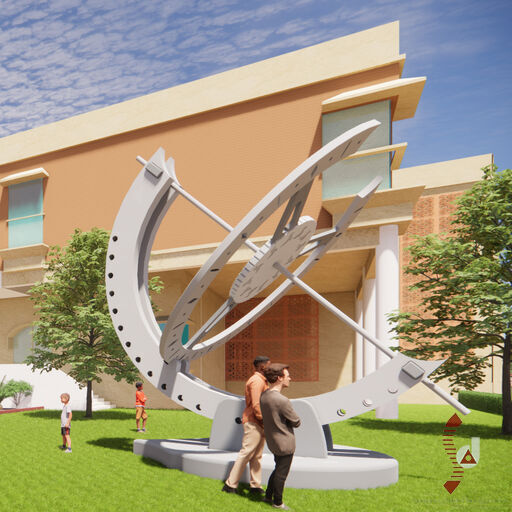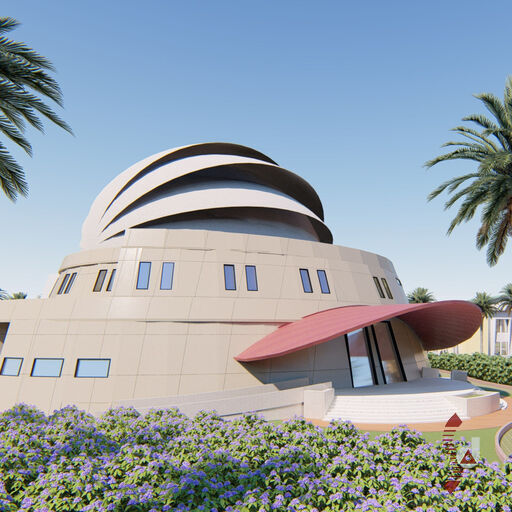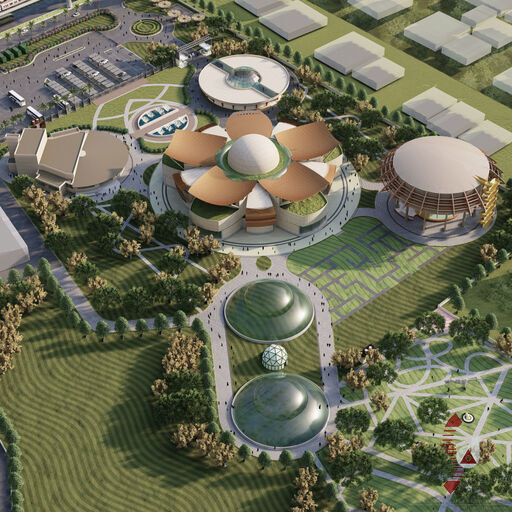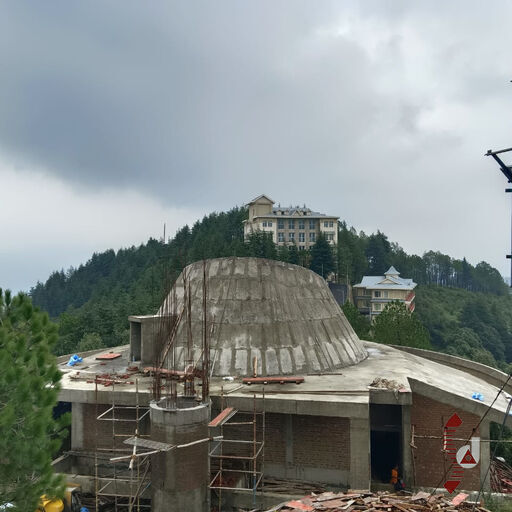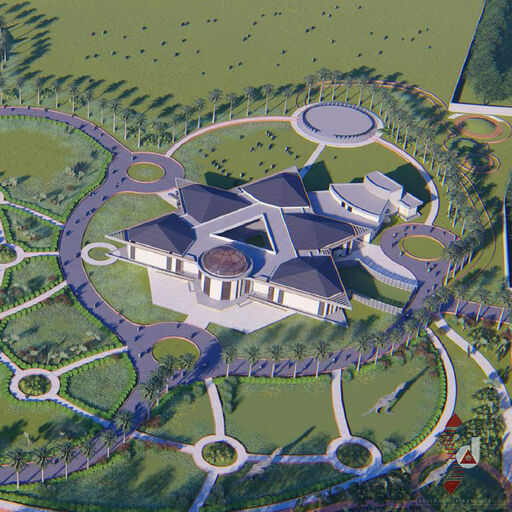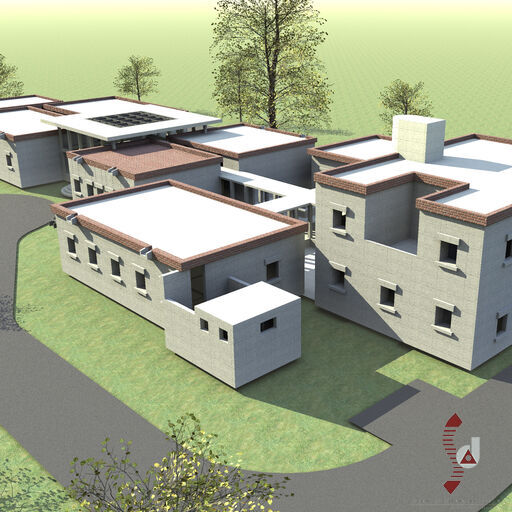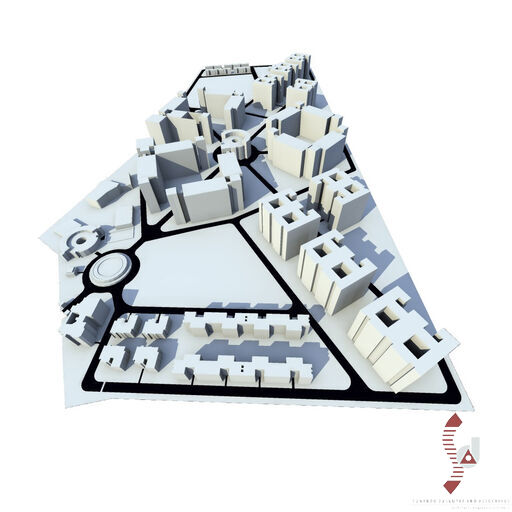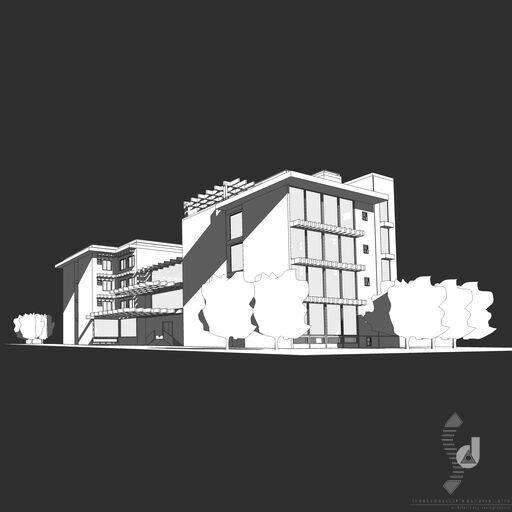Institutional Architecture
SDAArchitect's Approach
Architectural Design Philosophy
At SDAARCHITECT, we approach institutional architecture with a philosophy centered around “place making.” We view each project as an opportunity to create dynamic, interconnected spaces that foster the growth and exchange of ideas. This approach underpins our designs, whether for museums, schools, or research facilities. Institutional architecture, therefore, must not only support directed learning but also craft a visitor journey that is educational and immersive.
Access and Temporal Considerations
Institutional spaces are uniquely constrained by operational hours, visitor flow, and expansion needs. Balancing these demands requires a mix of fixed and flexible spaces, allowing for both defined functions and future adaptability. We achieve this by designing core areas, circulation routes, and service zones that maintain continuity, while peripheral spaces are structured for potential growth. This ensures ease of access and a seamless visitor experience, without compromising on future scalability.
Site Planning Guidelines
Large institutional sites often include existing infrastructure and natural features, making site planning critical. When situating a new structure, we carefully consider the site’s pedestrian paths, slopes, and natural drainage. Early positioning of service entries is essential, as these entrances typically follow specific dimensioning guidelines. By aligning the design with site demands, we maximize accessibility, integrate with the landscape, and reduce long-term operational challenges.
Form and Genius Loci
The concept of Genius Loci - or “spirit of the place”—guides our institutional designs. Each project seeks to honor its unique social and physical context, balancing contemporary style with local relevance. Rather than creating monolithic forms that prioritize aerial aesthetics, we emphasize design choices that maintain human scale and accommodate ground-level details. This approach promotes buildings that are not only visually engaging but also approachable and sensitive to their surroundings.
Institutional Positioning
Aligning design with the institution’s mission is essential for successful architecture. The aesthetic and material choices should reflect the institution's vision and philosophy. For example, designing a museum for traditional arts would involve using materials and forms that resonate with vernacular styles rather than opting for a starkly modern, glass-dominated structure. By positioning the institution’s values at the heart of the design, we foster a deeper connection between the building, its community, and its visitors.
Architecture of Discovery
Institutional buildings should inspire curiosity and exploration, making the visitor’s journey a spatial experience. We avoid monotonous sequences of rooms; instead, we create a network of spaces with intentional variations in scale, light, and layout. By modulating view corridors, adjusting volumes, and juxtaposing order with playful disruptions, we craft an environment that encourages discovery and interaction, enriching the learning experience.
Integrating Technology
With technology integral to modern learning, we incorporate advanced digital infrastructure into our institutional designs. Whether for immersive museum exhibits or digitally equipped classrooms, we prioritize spaces that accommodate evolving technological needs, making them ready for interactive, multimedia engagement. Technology integration enhances educational potential, offering immersive experiences that captivate and educate simultaneously.
Public and Shared Spaces
Institutional buildings often serve dual functions, combining education with public engagement. To accommodate this, spaces are designed with inherent flexibility, allowing for multifunctional uses without extensive alterations. Shared spaces like auditoriums, galleries, and community rooms are structured to serve multiple roles, maximizing utility and reducing long-term costs. This approach supports evolving needs while enhancing the building’s versatility and economic efficiency.
Sustainable Design
Institutional buildings are public exemplars of a society’s commitment to sustainability. By prioritizing green building materials, energy-efficient systems, and water conservation measures, we create structures that minimize environmental impact. These principles not only reduce operational costs but also model responsible practices for the community, setting a standard for future projects to follow. Sustainable design reflects both an awareness of global ecological challenges and a commitment to responsible stewardship of resources.
